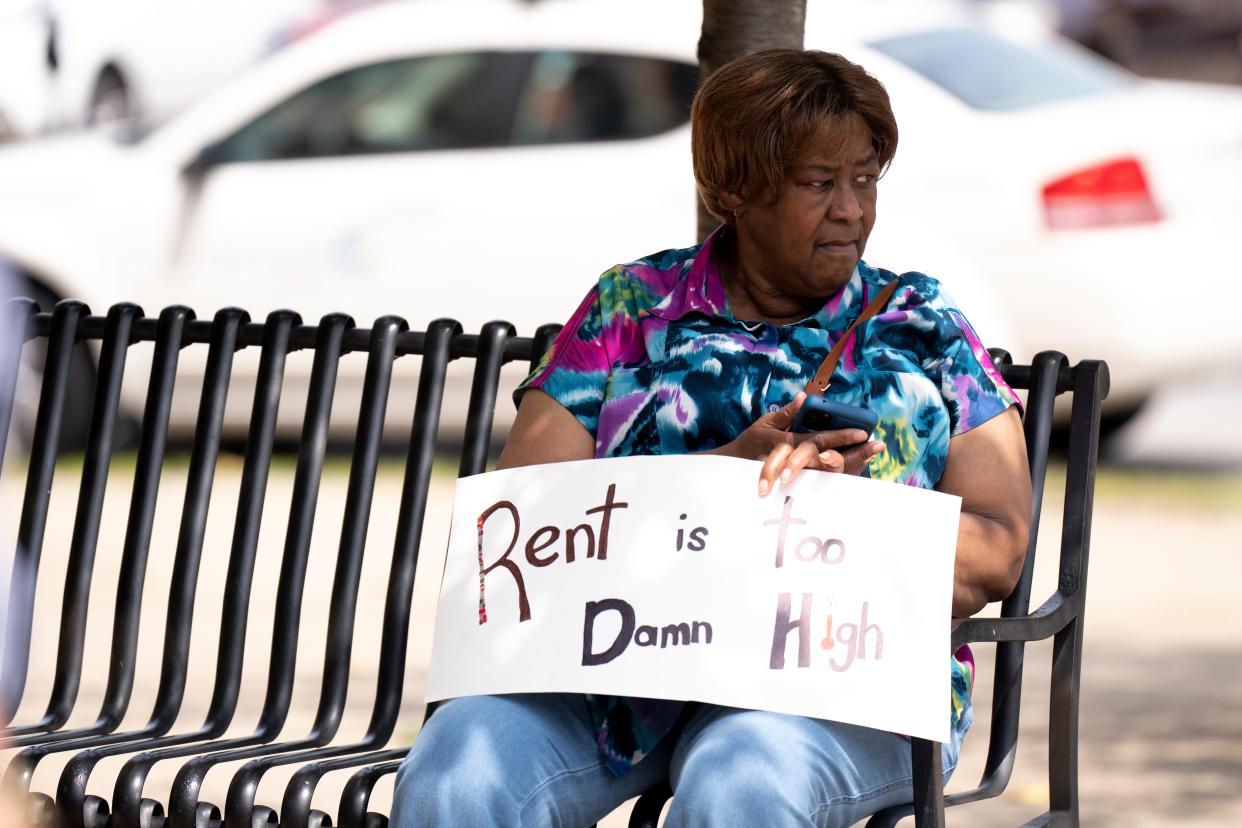Connected Communities plan doesn't do enough to close affordable housing gap | Opinion

Affordable Housing Advocates, a nonprofit coalition of housing providers, advocates and consumers, supports Cincinnati’s Connected Communities goal to reduce barriers to multifamily housing development and to increase housing options around neighborhood business districts and major transportation corridors.
While these transit and density focused changes are useful to promote housing options and livable neighborhoods, Connected Communities lacks meaningful ways to close Cincinnati’s affordable housing gap for lower income households.
More: Connected Communities zoning remake 'a return to Cincinnati's very dense past'
As we know, over 25,000 very low-income households in Cincinnati are living in housing that is unaffordable and in poor condition. As a result of the affordable housing gap, they are in constant risk of losing housing or are already homeless, in shelters, doubled up or on the street.
AHA urges the city to incorporate critically important affordable housing policies into the Connected Communities proposal:
Affordable housing inclusion tied to city support: Multifamily rental housing benefiting from relaxed zoning requirements and city tax abatements should be required to include a meaningful proportion of units affordable to low-income households.
Accessibility and visitability requirements: robust standards promoting inclusion and access for people with disabilities are essential to new city-supported developments, especially in business districts and along transit corridors.
Protections against displacement: As zoning changes are relaxed, redevelopment will displace and disadvantage some long-term residents. Connected Communities must include strong eviction protections for tenants, financial assistance for legacy homeowners, and financial relocation assistance for displaced residents.
In addition, the city must fully fund the affordable housing trust fund annually with emphasis on housing development for very low-income households. The zoning incentives of Connected Communities as proposed will not be sufficient to facilitate housing development for this sector of the housing market.
If the city of Cincinnati expands the Connected Communities proposal with these best-practice policies, we can achieve the goal of vibrant and inclusive neighborhoods and close the housing affordability gap.
Rina Saperstein is the board secretary of Affordable Housing Advocates, also known as Cincinnatians for Affordable Housing, which is a group of housing providers, advocates and consumers dedicated to the goal of ensuring good, safe, accessible, affordable housing for all people in Southwest Ohio.
This article originally appeared on Cincinnati Enquirer: Affordable housing policies are critical to Connected Communities plan

